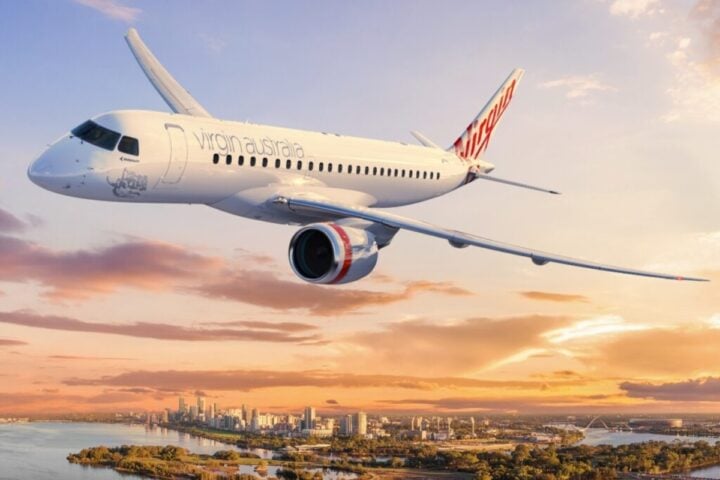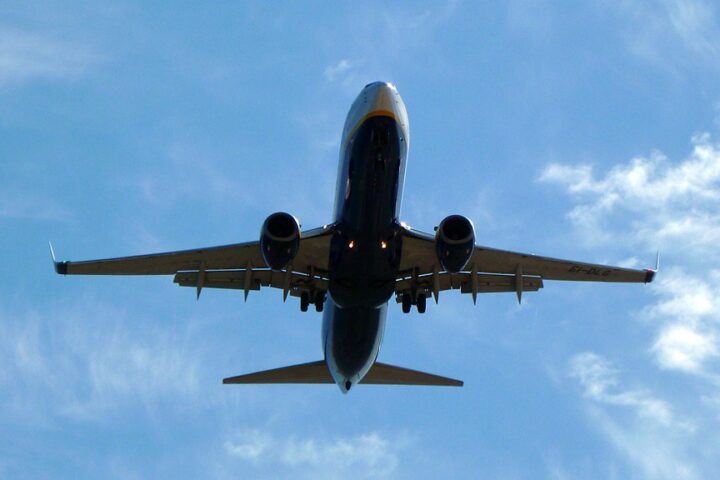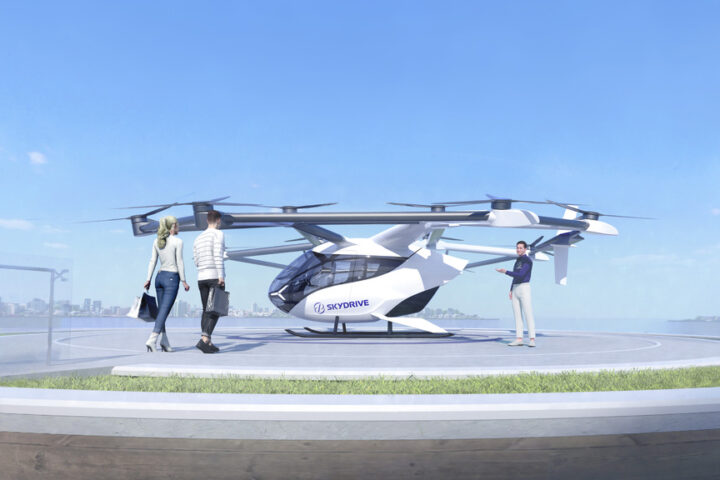The Boeing company made a rejuvenating comeback in the mid-airline market through its launch of the New Midsize Aeroplane (NMA), known as the Boeing 797, which is supposed to replace the outdated Boeing 757/767 models. Changing dynamics of the aviation industry and increased volume of passengers further signifies the launch of 797 multifunctional aircraft. The deliveries of this new aeroplane will replace the current generation of passenger aircraft but additionally will also challenge Airbus’s best-selling A321neo family aeroplanes.
Boeing has reinforced its decision to build these aircraft in Washington State, and the move endorses the company’s commitment to sustaining the local economy as well as supporting the talented workforce in the area. Boeing maintains a heritage of its presence in Washington stemming from a formidable aerospace network. The manufacture of the 797 in Washington will produce thousands of jobs and spur economic development, reasserting Boeing’s strategic importance to the U.S. aerospace industry.
The Boeing 797 is expected to be a twin-aisle plane, which makes it slightly different from many of the existing competitors’ planes, most of which are single-aisle planes. It is likely to be offered in two variants: one model is the 797-6, which has the ability to ferry about 225 passengers over a distance of 5,000 nautical miles, while the other, the 797-7, is designed to transport roughly 275 passengers covering a distance of 4,450 nautical miles.
It is expected that the 797 will be equipped with efficient high-bypass turbofan engines that will bring a radical reduction in fuel consumption compared to extant old-generation aircraft. This focus on efficiency is important since the issue of sustainability and operational costs is becoming a central concern for the airline industry.
Similar Posts
The Boeing 797 has the potential to become a global player, and it could dramatically change Hawaii’s tourism market as the 797 is capable of operating longer transpacific routes like one between the U.S. mainland and Hawaii, significantly increasing passenger traffic. Focusing on passengers’ comfort and efficient consumption of fuel will make tourism in the islands appealing, as flights across the transpacific will be enthusiastically embraced by more tourists.
Despite the much-anticipated launch of the 797, Boeing experiences a number of hurdles in the work on this model. This company has not achieved its targeted rates of production in the last few years, mainly because of the problems faced by 737 MAX and 787 programs.
Experts believe the 797 may not be put into service until the late 2020s, as Boeing’s spokespersons list up efforts to address these current issues. There is also rising competition, a big threat coming from airline companies such as Air India and Indigo who ordered Airbus’s A320 family that could potentially affect the 797’s market entry.
Air India’s big order in 2023 as part of its rebranding exercise in order to modernise their fleets; similarly, Indigo’s intent to order over 500 A320 family aircraft underlines the need for efficient and all-purpose workhorses in the form of the narrow-body jets. These developments can put more pressure on Boeing to bring the 797 to market faster in order to balance out the competition that it has in the marketplace.
Therefore, the Boeing 797 can be seen as a strategic move by Boeing to regain its stake in the midsize airliner market. Given its emphasis on productivity, comfort, and production orders, the 797 has the potential to make significant alterations to the present tendencies in the aviation industry, as long as it is capable of overcoming the obstacles in its way.


















